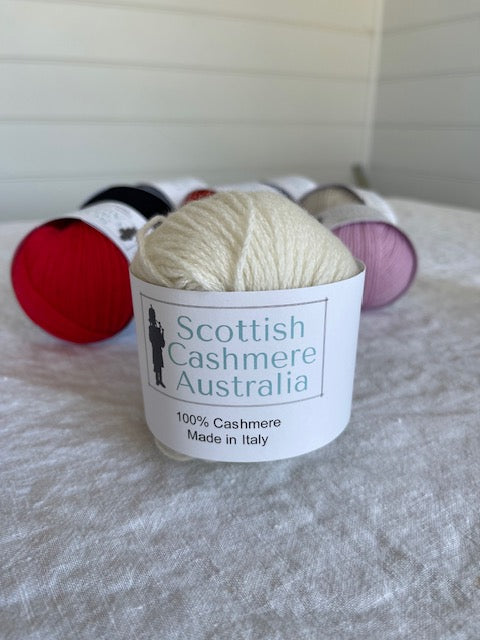How to Care for Your cashmere Garments and Keep Them Looking Like New
How to Care for Your cashmere Garments and Keep Them Looking Like New
Blog Article
Exploring the Different Sorts Of Cashmere a Natural Fiber for Ultimate Deluxe
Cashmere, a natural fiber, is usually linked with high-end and convenience. The much more affordable Chinese cashmere, the conventional Scottish variant, and the high-end Italian mix, all inform a various story of this impressive fiber.
Comprehending the Glamorous Nature of Cashmere
Cashmere, frequently related to luxury and comfort, holds a distinct appeal on the planet of all-natural fibers. This soft, lightweight material is fancied for its remarkable warmth and exceptional resilience. Unlike other natural fibers, cashmere combines insulation with breathability, offering unrivaled comfort across varying temperatures. Its lustrous coating and soft appearance add to its high-end allure, warranting the costs cost that typically includes cashmere garments. Additionally, cashmere's inherent wrinkle resistance and elasticity boost its value, making it a preferred selection for premium clothes and devices. Regardless of its delicate appearance, cashmere has an unusual resilience, able to retain its form and extravagant feel over time. This one-of-a-kind blend of characteristics seals cashmere's placement as a sign of beauty and extravagance.
Just What Is Cashmere and Where Does It Originate from?

Given these exceptional high qualities, one could question the beginning and makeup of this extravagant fiber. Cashmere is stemmed from the soft undercoat of cashmere goats, mostly discovered in Mongolia, China, Iran, and Afghanistan - is cashmere a natural fiber. These goats are adapted to harsh climatic problems, producing an extremely fine, soft underfur as a protection against the bitter cold. This underfur, or undercoat, is what is collected for cashmere. Each spring, when the goats naturally shed their winter season coat, farmers brush out the fine underhair, leaving the coarser hair behind. This careful procedure adds to the scarcity and high expense of cashmere. With its origin in the severe landscapes of Asia, cashmere is a testament to nature's capacity to generate deluxe from adversity.
Translating the Various Kinds Of Cashmere
Recognizing the various sorts of cashmere is key to appreciating the top quality and unique characteristics of this glamorous material. Normally, cashmere is classified right into 3 types: raw, virgin, and recycled. Raw cashmere is directly obtained from the goat and is unprocessed. This kind often contains contaminations such as is cashmere a natural fiber dust and crude hair. Virgin cashmere, on the other hand, is the pure, unrecycled product that is spun right into thread for the initial time. It is the softest and most glamorous. Recycled cashmere is made from virgin material that has actually been formerly made use of. It is re-spun and made use of in creating lower-cost cashmere products. Translating these kinds is the initial step in understanding the exclusivity and value of cashmere.

The Distinct Attributes of Each Kind Of Cashmere
Having actually explored the various categories of cashmere, it comes to be evident that each type boasts its special set of features. Mongolian cashmere, for instance, is renowned for its premium high quality, due to Mongolia's rough winter seasons that create longer and finer fibers. On the other hand, Chinese cashmere is frequently extra budget friendly, though its shorter fibers can lower resilience.
Why Cashmere Is the Epitome of Deluxe in Fashion
Cashmere holds a well-regarded setting in the globe of style, related to as a sign of luxury and refinement (is cashmere a natural fiber). Cashmere is derived from the great undercoat of Himalayan goats, understood for their remarkable high quality fiber. Cashmere's unequaled comfort and sturdiness make it an in-demand material in the creation of high-end garments.
The Refine of Making Cashmere: From Goat to Garment
The trip of cashmere, from being an undercoat of a Himalayan goat to a luxurious garment, is a detailed one. With the arrival of springtime, farmers in Mongolia and China gather the wool by brushing the goats, making sure no damage is done. The acquired wool consists of crude external hair and soft downy undercoat. This blend is after that fastidiously separated, with only the soft down made use of for cashmere. This raw cashmere is washed, dyed and rotated into thread. The thread is then woven or weaved right into fabrics. The last step involves cleaning and pushing to provide the fabric its particular gentleness and heat. From goat to garment, each action is a testament to the persistence, virtuosity and skill involved in crafting cashmere.

Final Thought
To conclude, cashmere, with its natural elegance and unrivaled comfort, preponderates on the planet of luxury fashion. The diversity in kinds, ranging from the soft Mongolian, lightweight Indian Pashmina, economical Chinese, conventional Scottish, to the vivid Italian, exposes the flexibility of this all-natural fiber. The meticulous process of changing it from a goat to a garment even more contributes to its exclusivity, making cashmere the epitome of sophistication and luxury.
Cashmere, an all-natural fiber, is typically associated with deluxe and comfort (is cashmere a natural fiber).Cashmere, usually connected with luxury and comfort, holds a special allure in the world of all-natural fibers. Unlike other all-natural fibers, cashmere combines insulation with breathability, providing unparalleled convenience throughout varying temperature levels. Cashmere is obtained from the soft undercoat of cashmere goats, primarily discovered in Mongolia, China, Iran, and Afghanistan. Cashmere is derived from the fine undercoat of Himalayan goats, recognized for their exceptional top quality fiber
Report this page